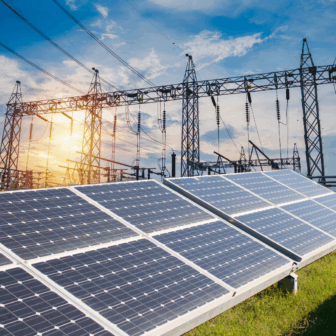When you start doing yoga, it just makes you feel good. It feels like you’re body has been worked out, you’re tired, and you feel like you’ve done something good for yourself. It like when you change your first light bulb
18 August 2007 – After opposing new coal-fired power in Nevada, U.S. Senate Majority Leader Harry Reid says that he is opposed to building coal-fired power plants anywhere.
18 October 2007 – The Kansas Department of Health and Environment denies Sunflower Electric Power Corporation air quality permits for two proposed 700-megawatt coal-fired generators on the basis that carbon dioxide is an air pollutant and should be regulated.
3 January 2008 – Merrill Lynch downgrades the investment ratings of Consol Energy Inc. and Peabody Energy Corp., two leading U.S. coal companies.
22 January 2008 – The Attorneys General of California, six eastern states, and the District of Columbia submit a letter to the South Carolina Department of Health and Environmental Control opposing the proposed 1,320-megawatt Pee Dee coal-fired power plant. They note that emissions from this plant would “seriously undermin[e] the concerted efforts being undertaken by multiple states to address global warming.”
30 January 2008 – Citing escalating costs, the Bush administration pulls the plug on federal funding for FutureGen, a joint project with 13 utilities and coal companies to build a demonstration coal-fired power plant that captures and sequesters carbon.
4 February 2008 – Investment banks Morgan Stanley, Citi, and J.P. Morgan Chase announce that any future lending for coal-fired power plants will be contingent on the utilities demonstrating economic viability under future carbon costs. Demonstrating economic viability would require speculation of future costs, imposing a risk on the investment.
8 February 2008 – The U.S. Court of Appeals overturns two EPA mercury rules covering coal-fired power plants, thus requiring new coal-fired plants to implement the most stringent mercury controls available. Compliance is expected to raise the considerable costs of 32 proposed coal plants, some already under construction.
12 February 2008 – Bank of America announces that it will start factoring in a cost of $20-40 per ton of carbon emissions in its risk analysis when evaluating loan applications from utilities.
19 February 2008 – The federal government suspends a low-interest loan program for rural utilities seeking assistance for new coal-fired power plants.
11 March 2008 – Representatives Henry Waxman (D-CA) and Edward Markey (D-MA) introduce a bill that would block the EPA and states from issuing permits to new coal-fired power plants that lack state-of-the-art carbon capture and storage technology. Since this technology is at least a decade away from commercial viability, if this bill passes it would essentially place a near-term moratorium on new coal-fired power plants.
18 May 2008 (projected) – Dominion Virginia Power, due to overwhelming public resistance and the opposition of Governor Kaine, is denied its permits to build a new 585 megawatt coal plant in Wise County.





